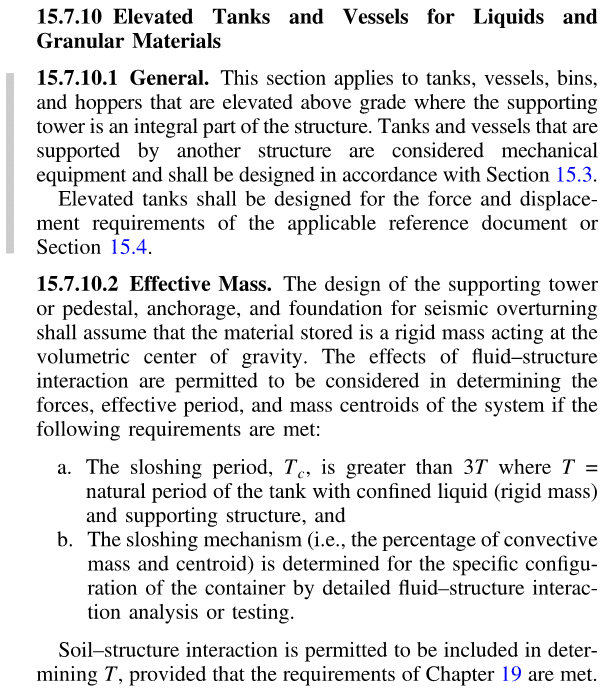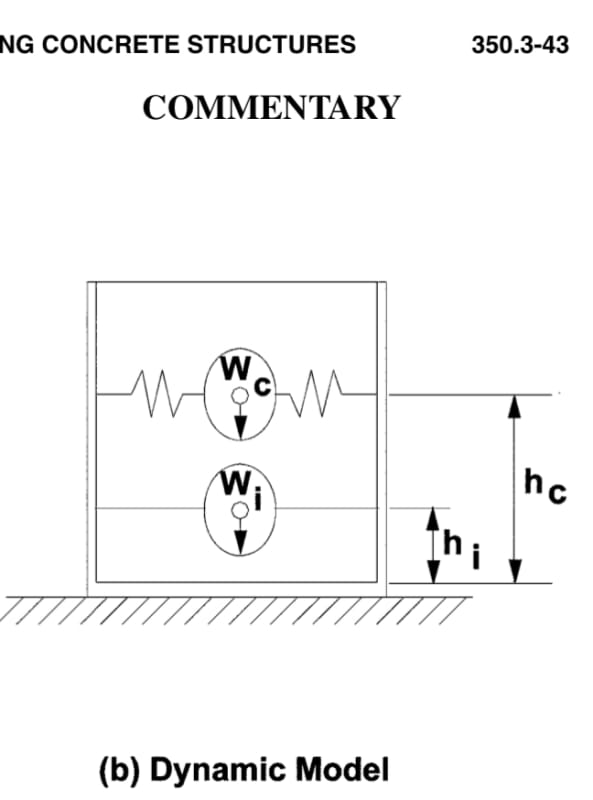Ahmad Uzair Arshad
Civil/Environmental
Dear Engineers,
I am designing an elevated water supply tank (90 feet above ground) of 200,000 gallons, Should I take weight of the water in the seismic weight of the structure for calculation of base shear.
Most Codes define fluid loads separately, meaning they are neither placed in live nor in dead loads.
Now should I take the water load in seismic weight of the building?
Thank you.
I am designing an elevated water supply tank (90 feet above ground) of 200,000 gallons, Should I take weight of the water in the seismic weight of the structure for calculation of base shear.
Most Codes define fluid loads separately, meaning they are neither placed in live nor in dead loads.
Now should I take the water load in seismic weight of the building?
Thank you.


